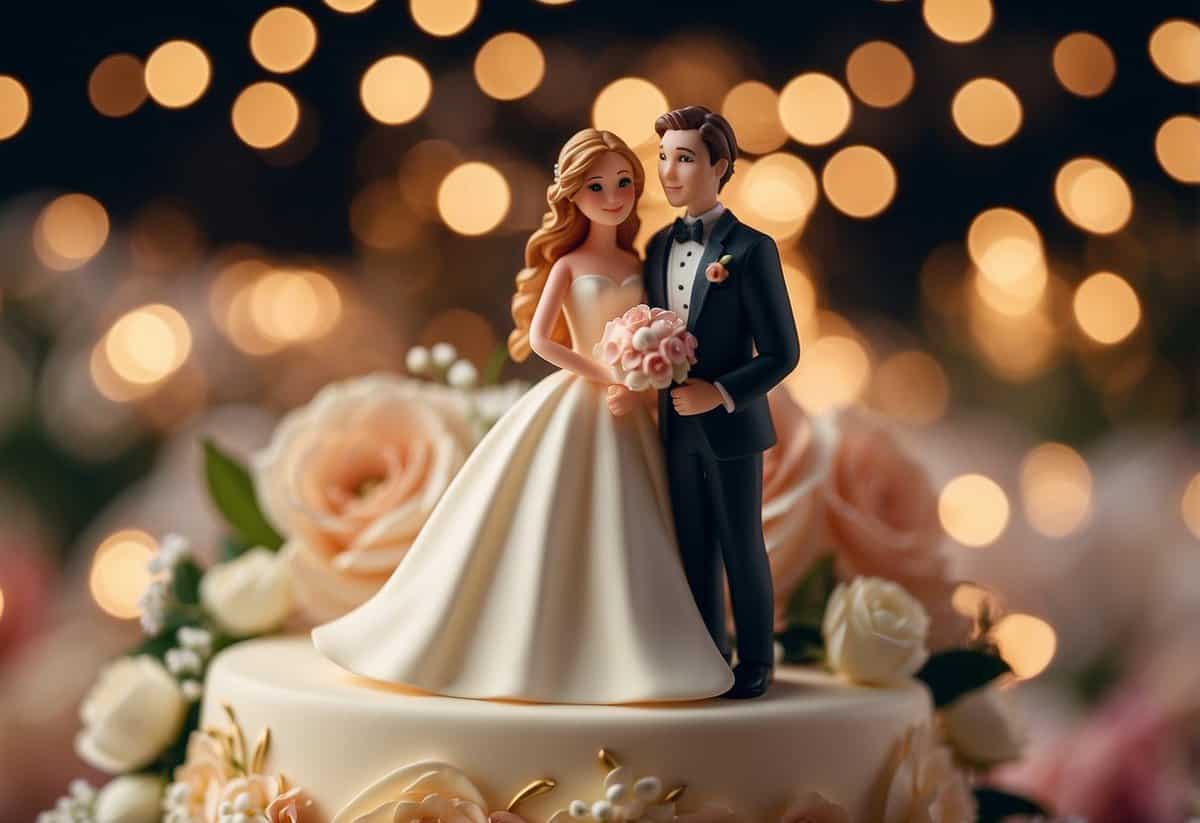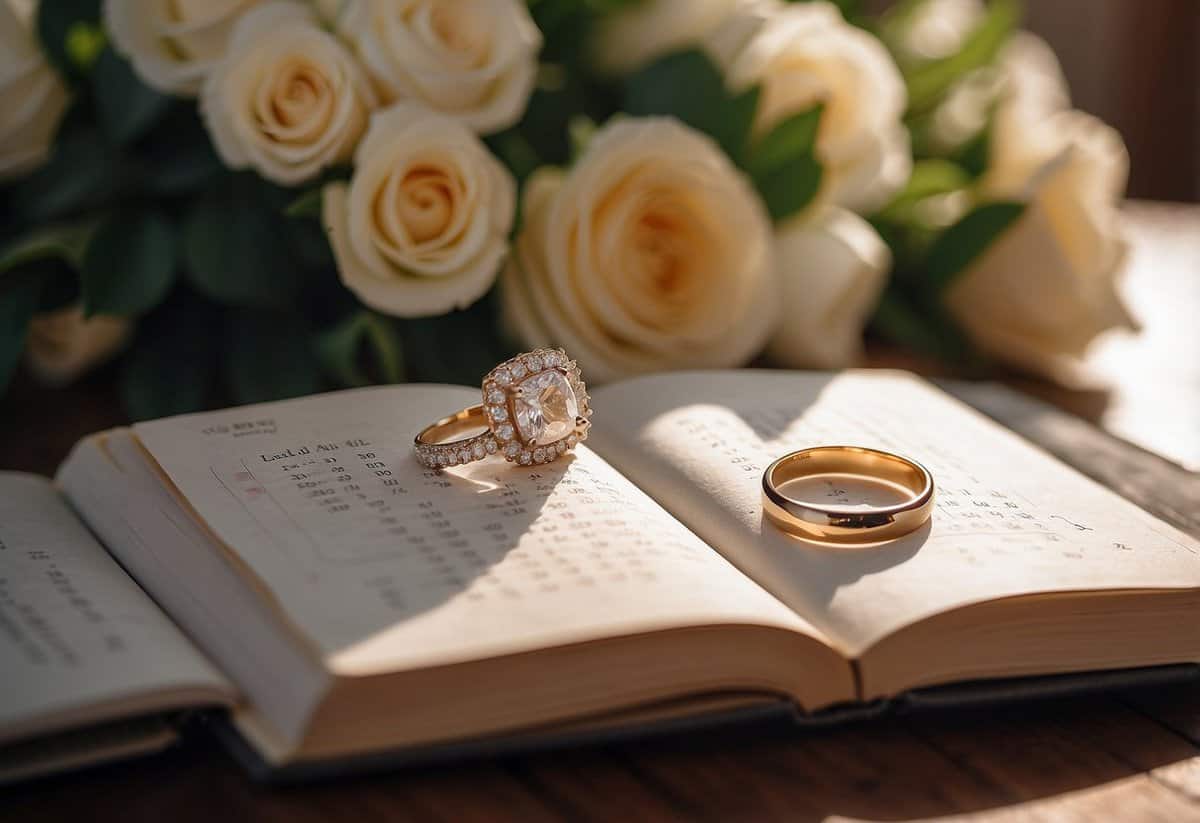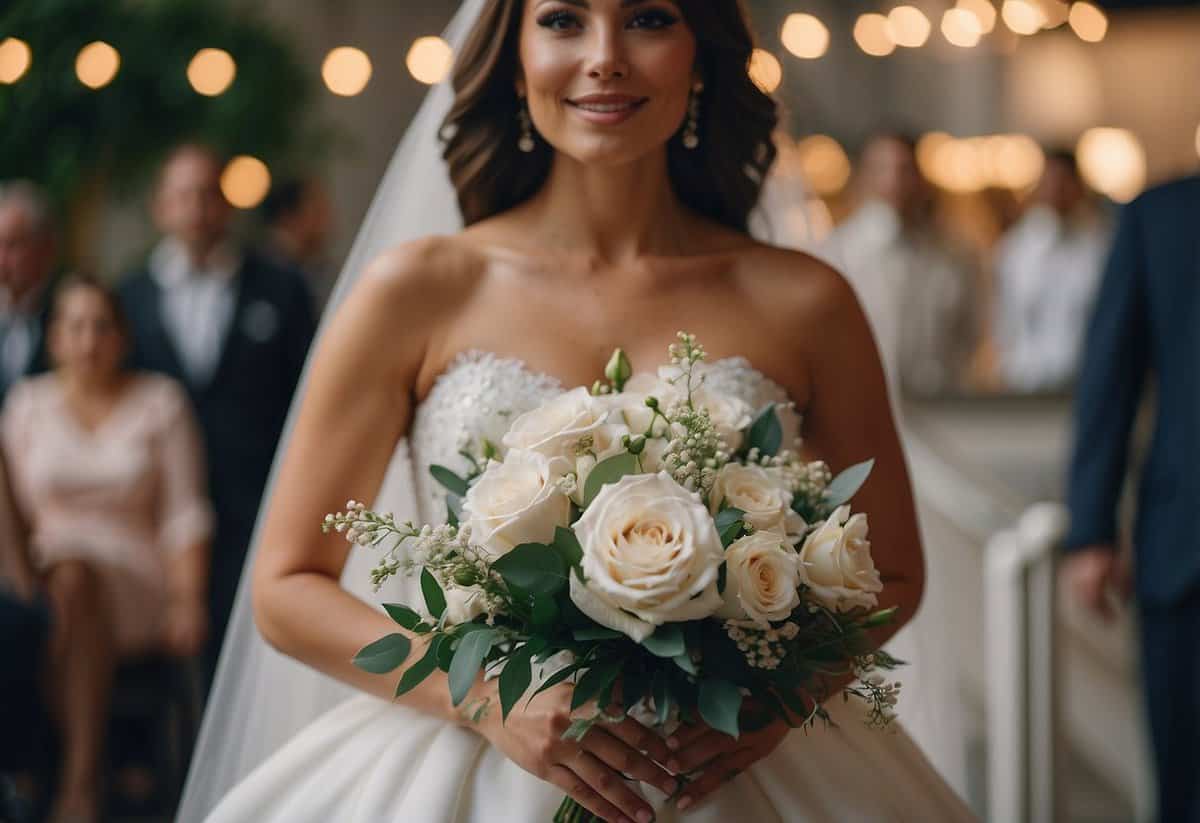What Is the Average Age of the Bride at the First Wedding? Understanding Trends and Statistics
Wondering about the average age of the bride at their first wedding? You’re not alone. Many people are curious about how their life milestones compare with societal trends. In the United States, data from recent years reveals that the average age of a bride at her first marriage is around 28.6 years old.

This age has gradually increased over the years, reflecting shifts in societal behaviors and career goals. Women today are often pursuing higher education and establishing their careers before tying the knot. These changes have contributed to the rising average age for a first marriage.
Understanding these trends can help you feel more informed and less pressured by societal expectations. Knowing that the average age of brides is about 28.6 can give you a clearer perspective on marriage timelines. As you navigate your journey, remember that the right time for you doesn’t have to match anyone else’s timetable.
The Current Landscape of Marriages in the United States

Marriage trends in the United States show that people are getting married later in life compared to previous generations. These patterns also vary by state and are influenced by cultural and societal factors.
Variations by State
The average age of first marriage can differ significantly depending on where you live. In states like New York and California, the median age for first-time brides tends to be higher, often in the early 30s. This can be attributed to career-focused lifestyles and higher living costs.
In Texas, the average age might be slightly lower. Factors such as regional traditions and socioeconomic conditions play a role. These variations highlight how local cultures and economic environments influence when people choose to get married.
Trends Over Time
Over the past few decades, the median age at first marriage has gradually increased. In the 1950s, women typically married in their early 20s. By 2023, this median age has moved closer to 30 years old. This change is notable in both men and women.
Several reasons contribute to this upward trend. Increased educational pursuits and career ambitions are significant factors. Additionally, shifting societal norms around marriage and family life have played a role. It’s clear that contemporary couples are prioritizing personal and professional goals before tying the knot.
Cultural and Societal Influences
Cultural and societal influences heavily impact marriage trends in the United States. For instance, career aspirations can delay marriage. Women today are more career-oriented and are waiting longer to focus on their jobs before settling down.
Moreover, financial stability is essential for many couples. The rising cost of weddings and living expenses means that building a solid financial foundation often takes priority.
Additionally, societal attitudes toward marriage have evolved. There’s more acceptance of cohabitation and non-traditional family structures. This shift means that marriage is less about societal expectations and more about personal timing and readiness.
Understanding these influences helps explain why the age at which people get married continues to rise in the United States. These changes reflect broader societal shifts and evolving personal priorities.
Understanding the Average Age of Brides

The average age of brides at their first marriage has shifted over the years. This section looks at both statistical data and the factors influencing these changes.
Statistical Insights
According to the United States Census Bureau, the median age for a first marriage among women in 2022 was 28.6 years. This number has steadily increased, reflecting broader social trends.
A study from Statista shows that the age has risen consistently from 1998 to 2022. This rise in age suggests changes in societal norms, career priorities, and educational goals.
You’ll find that the information remains consistent across various studies, including data from The Knot. Reports show the average age for brides was 32 in 2023, indicating a slight increase from the previous years.
Factors Contributing to Age at First Marriage
Several factors contribute to the rising age of first-time brides. Education plays a significant role, as many women pursue higher education and careers before marriage. This delay in marriage aligns with the opportunity to secure stable employment and financial independence.
Shifting cultural expectations also have an impact. Modern societal views encourage individuals to prioritize personal growth and experiences before settling down. Additionally, economic factors can’t be ignored, as the cost of weddings and living expenses prompt couples to marry later.
Finally, the influence of Gen Z and millennials shapes these trends. These groups often value personal achievement and stability, leading to delayed marital commitments. All these elements combined illustrate why the average age of brides continues to rise.
Wedding Planning Essentials

Planning your wedding involves many critical steps, including choosing a date, creating a guest list, and setting a budget. Each step is important to ensure your special day goes smoothly.
Setting a Date
Selecting a wedding date is one of the first decisions you’ll make. Many couples choose a date that is meaningful to them or opt for a season they love.
Consider the weather, availability of the venue, and special dates that might work best for you. Popular dates and seasons may book up quickly, so it’s wise to start early.
The Knot suggests considering whether you want a weekday or weekend wedding, as weekends are typically busier and sometimes more expensive.
Creating the Guest List
Your guest list will impact many aspects of your wedding, including budget and venue choice. Start by listing everyone you would like to invite, then categorize them into groups such as family, close friends, and colleagues.
Consider the average number of guests for weddings to get an idea of venue capacity. According to industry insights, couples typically have around 100 to 150 guests.
Be mindful of your budget and the intimacy you want for your wedding. A smaller guest list might create a more personal experience.
Budgeting for the Big Day
Creating a budget is essential to keep your wedding plans on track. Identify your total budget and allocate funds to different categories like attire, venue, food, and entertainment.
Use a spreadsheet or planning app to track expenses. The Knot advises setting aside some extra funds for unexpected costs.
Discuss financial contributions with family members if they are helping. This planning will ensure you have a clear idea of how much you can spend on each element of your wedding.
Setting a realistic budget early helps avoid financial stress and ensures you enjoy your special day without worry.
Trends in Modern Weddings

Modern weddings are seeing significant changes influenced by millennial preferences, a shift to non-traditional ceremonies, and the impact of the economy on marriage costs.
Millennial Preferences
Millennials are shaping the way weddings look today. You might notice that many couples are opting for personalized and unique experiences rather than sticking to old traditions. For example, there’s a growing trend to have themed weddings, which reflect the personalities and interests of the bride and groom.
Social media is also a huge factor. Couples are looking to platforms like Instagram and Pinterest for inspiration, making their weddings highly visual and shareable moments. This influence extends to everything from the dress code to the décor.
Another notable trend is the focus on sustainability. Many millennials are choosing eco-friendly options like recycled invitations, locally-sourced flowers, and plant-based menus. This not only reduces the environmental impact but also gives a modern touch to wedding celebrations.
The Shift to Non-Traditional Ceremonies
There’s a clear shift towards non-traditional ceremonies among modern couples. Rather than sticking to a church or a registry office, more couples prefer unique venues like beaches, forests, and even their own backyards. This allows for a more personalized and intimate setting.
Moreover, the structure of the wedding ceremony itself is changing. You may see more couples writing their own vows, incorporating different cultural traditions, or even having friends officiate the wedding. This makes the ceremony more personal and meaningful.
Another interesting development is the increase in destination weddings. Couples are looking to combine their wedding and honeymoon into one big adventure. Romantic locations like Italy, Mexico, and the Caribbean are popular choices, offering both a scenic backdrop and a memorable experience.
The Impact of the Economy on Marriage
The economy significantly impacts how weddings are planned and executed. With the average cost of weddings hitting over $30,000, as noted in the Zola First Look Report, couples are becoming smarter about their spending. Many are choosing to invest more in memorable experiences rather than extravagant items.
Inflation and rising costs mean that some couples are cutting down on guest lists and opting for more intimate gatherings. The Real Weddings Study by The Knot indicates a rise in smaller, more budget-conscious weddings.
Financial considerations also influence how couples prioritize their spending. For instance, many are willing to spend more on things like photography and entertainment, ensuring these elements create lasting memories despite a tighter budget.
Life After the Wedding

Newlyweds often experience a period filled with joy and excitement, known as the honeymoon phase. This time allows couples to build strong foundations as they plan their future together, discussing finances, and family planning.
The Honeymoon Phase
The honeymoon phase is a special time when newlyweds enjoy their new status as a married couple. It’s often marked by increased affection and intimacy. Many couples take a trip to celebrate their marriage. During this phase, you may find that daily routines are filled with joy and new adventures.
Spending quality time together helps you both strengthen your bond. This period is also important for setting the tone for your marriage. Communication plays a key role in understanding each other’s needs, dreams, and expectations.
Creating memories, like decorating your new home or trying new hobbies together, will help you grow closer. It’s a time to cherish, filled with love and excitement before settling into everyday life.
Planning for the Future Together
Planning for the future is an essential part of life after the wedding. As newlyweds, you will discuss important topics like finances and family planning. Setting joint financial goals, like saving for a house or a vacation, helps align your priorities.
Talking about having children and what you envision for your family is also vital. Understanding each other’s views on parenting and career aspirations can prevent potential conflicts. Developing a budget and discussing savings are crucial for financial stability.
Working together on plans helps build a team mindset. It’s about blending two lives into one harmonious future, considering both individual and shared dreams.



